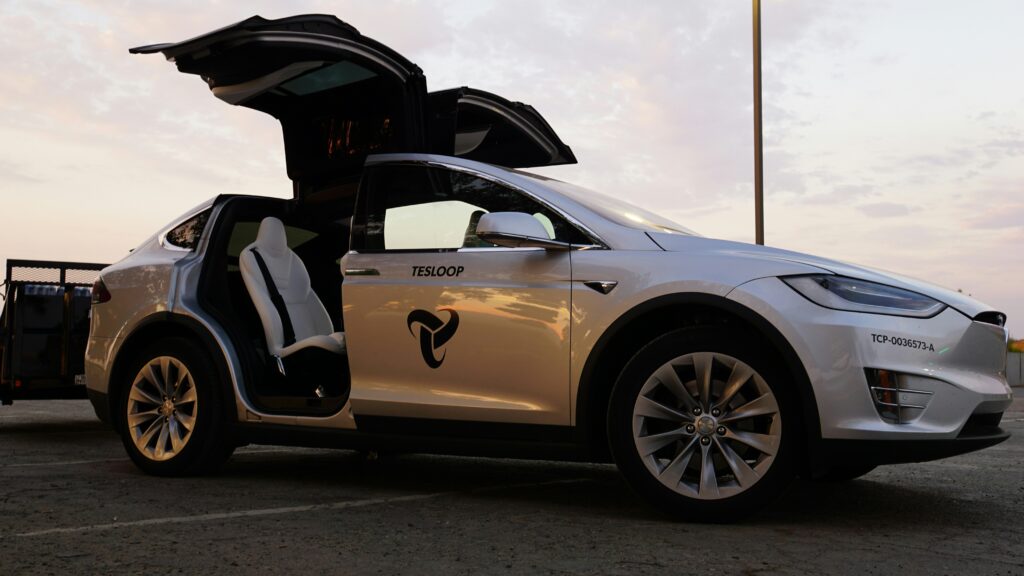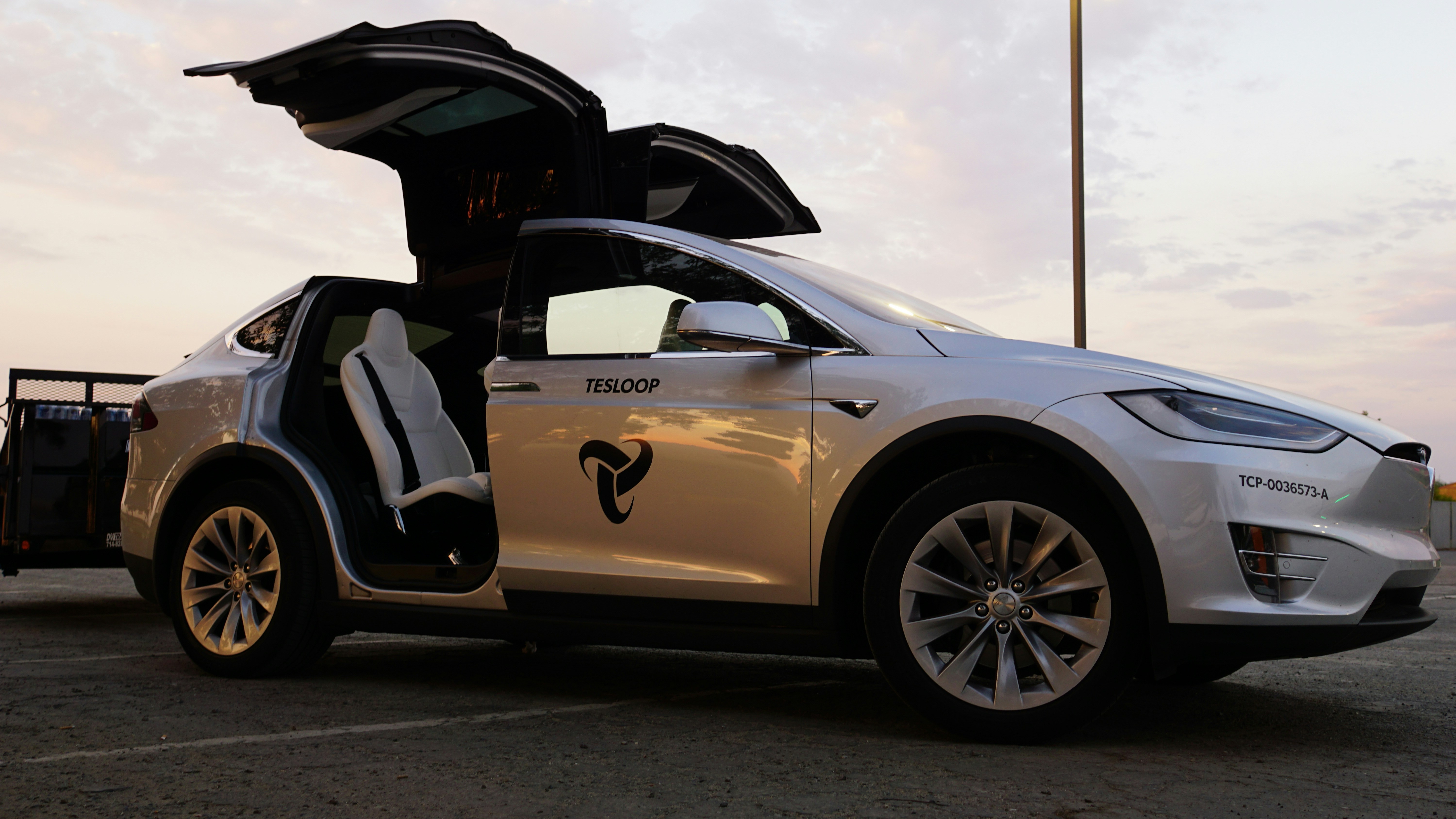
Introduction to the Indian EV Market
The electric vehicle (EV) market in India is experiencing a transformative phase marked by a surge in demand. This shift can be primarily attributed to a convergence of rising fuel prices, escalating environmental concerns, and robust government initiatives aimed at promoting sustainable transportation. As urbanization accelerates and traditional fuel costs continue to rise, consumers are increasingly looking towards electric mobility as a viable alternative. The Indian government has launched various policies to incentivize the adoption of EVs, including subsidies, tax exemptions, and investments in charging infrastructure, all designed to foster a sustainable ecosystem.
Moreover, India’s commitment to international climate agreements underpins its push towards cleaner transportation alternatives. The need for reduction in greenhouse gas emissions is now more urgent than ever, propelling the demand for electric vehicles to the forefront of governmental and consumer priorities. For the Indian consumer, the environmental impact of their vehicle choice is becoming an essential consideration, coupled with the desire for cost-effective solutions. As a result, there is a growing awareness regarding the benefits of electric mobility, leading to a significant shift in consumer preferences.
In this evolving market, global EV manufacturers are identifying India as a key opportunity. Companies like Tesla have the potential to play a pivotal role in shaping the future of electric vehicles in the Indian landscape. However, for these entities to succeed, affordability remains a cornerstone factor. The Indian consumer is particularly price-sensitive, and for Tesla—or any foreign automaker—to penetrate this market effectively, it is imperative to offer competitively priced models that cater to local purchasing power. By addressing these economic dynamics, companies can contribute meaningfully to India’s sustainable transportation goals while also tapping into a rapidly expanding customer base.
Challenges in Producing Affordable EVs
While Tesla is recognized as a leader in the electric vehicle (EV) market, the prospect of making affordable EVs for India presents an array of challenges. One primary obstacle is the high cost associated with manufacturing. India has a complex regulatory environment that can lead to increased operational expenses. The tax structure, combined with tariffs on imported components, heightens the overall cost of production. This dynamic makes it difficult for Tesla to offer an economically viable product without sacrificing quality or technology.
In addition to manufacturing costs, the infrastructure limitations in India pose a significant hurdle. The existing charging network is still in its nascent stages, particularly in rural and semi-urban areas where demand for affordable EVs could be substantial. Without a robust and widespread charging infrastructure, potential customers may hesitate to transition from traditional internal combustion engine vehicles to electric alternatives. The development of charging stations must align with the rollout of affordable models to stimulate market growth effectively.
Supply chain issues also complicate the situation. Tesla’s reliance on a global supply chain can result in delays and increased costs, especially when sourcing components locally proves difficult. Additionally, a pivot towards localized manufacturing is necessary to mitigate these challenges. This shift requires significant investments in local facilities and partnerships with Indian suppliers, which can further strain financial resources. Moreover, the competitive landscape in India is rapidly evolving, with local manufacturers and established automotive companies investing heavily in the EV sector. These rivals are keen to address the demand for cost-effective electric vehicles, implying that Tesla must effectively differentiate its offerings to capture market share.
The convergence of these factors illustrates that while the goal of producing affordable EVs for India is ambitious, various challenges must be addressed to ensure its viability and sustainability.
Tesla’s Strategies for Cost Reduction
Tesla has consistently pioneered innovative approaches to vehicle manufacturing, which could play a pivotal role in reducing the costs of electric vehicles (EVs) for the Indian market. A critical focus for Tesla will likely be on streamlining its production processes. This includes the use of advanced manufacturing techniques such as gigacasting, which allows for the creation of large, single components. By minimizing the number of parts required in assembly, gigacasting can significantly lower labor and material costs, ultimately reducing the overall price of EVs.
Additionally, the selection of cost-effective materials stands out as another strategy for cost reduction. Tesla has been exploring alternatives to expensive components commonly used in EV production. Utilizing more affordable battery chemistries and sourcing locally available materials can help the company maintain its price competitiveness in India. The establishment of a localized supply chain may also reduce shipping costs and lead to faster production times, further contributing to lower retail prices.
Partnerships or collaborations with local manufacturers could enhance Tesla’s approach to cost efficiency. By aligning with Indian companies, Tesla can leverage existing infrastructure and expertise, which may facilitate a more tailored production strategy suited to the local market. These alliances could foster innovation in vehicle design, allowing Tesla to adapt its existing models to meet the preferences and pricing expectations of Indian consumers. For example, the development of smaller, more compact models designed specifically for urban environments in India could be a viable strategy to capture a broader customer base.
Through these strategic initiatives, Tesla aims to make its electric vehicles more accessible to the Indian market, aligning with its broader goals of sustainability and expanding its global footprint.
The Future of Affordable EVs in India
The landscape for electric vehicles (EVs) in India is evolving rapidly, driven by technology, policy, and consumer demand. As the country pushes towards enhanced sustainability, the potential entry of affordable Tesla electric vehicles may significantly alter the dynamics of the domestic automotive market, inviting a wave of interest and acceptance amongst Indian consumers. The affordability of these EVs could bridge the gap between traditional internal combustion engine vehicles and electric mobility, promoting a shift toward greener alternatives.
Recent advancements in battery technology are paving the way for improved efficiency and reduced costs, which are paramount for making EVs more affordable. Higher energy density batteries with faster charging times are being developed, giving manufacturers the tools to produce more cost-effective vehicles without compromising performance. Both Tesla and other manufacturers are investing heavily in research and development to further these innovations, which is essential for broadening the appeal of electric vehicles among cost-conscious consumers in India.
Furthermore, government policies are playing a critical role in the transition to affordable EVs. Incentives such as tax rebates, subsidies, and investments in charging infrastructure are crucial for fostering an environment conducive to the growth of EV sales. The Indian government has emphasized the importance of electric mobility in its policy framework, aligning its initiatives with global sustainability goals. As these supportive measures gain momentum, they will likely accelerate consumer acceptance of affordable EVs.
In the context of Tesla’s potential involvement in this market, the introduction of their affordable EVs could serve as a catalyst for other automakers, igniting competition and innovation within the industry. The ramifications of such developments may not only reshape the Indian automotive sector but also contribute to the country’s commitment to reducing carbon emissions and improving air quality. By embracing affordable electric vehicles, India may move closer to its sustainable future.

